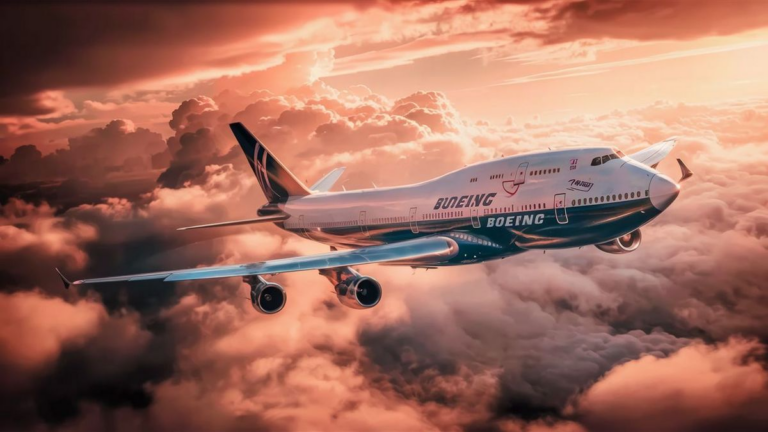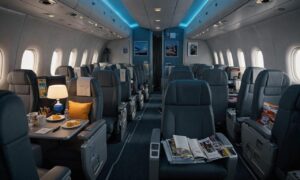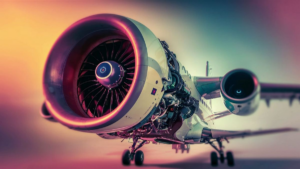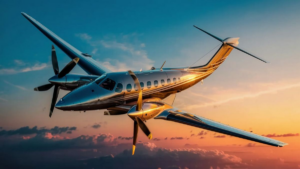When it comes to the speed of aircraft, several factors come into play. From the type of plane to the weather conditions, each element contributes to the overall speed of flight. Let’s delve into the intricacies of how fast the average plane flies.
The Basics of Air Travel
Planes operate within a wide range of speeds depending on various factors such as their design, purpose, and environmental conditions. Commercial jets, for instance, typically cruise at speeds ranging from 500 to 600 miles per hour (mph), while smaller propeller planes may fly at speeds closer to 200 mph. However, these are just generalizations, and there are exceptions to these norms.
Commercial Jets
Commercial jets, the workhorses of modern air travel, are designed for efficiency and speed. The cruising speed of most commercial jets falls within the range of 500 to 600 mph. This speed allows them to cover vast distances in relatively short periods, making air travel the preferred choice for long-haul journeys.
Propeller Planes
On the other end of the spectrum, propeller planes operate at slower speeds compared to their jet-powered counterparts. These planes are commonly used for shorter distances and may fly at speeds closer to 200 mph. While slower in comparison, propeller planes offer benefits such as lower operating costs and the ability to land on shorter runways.
Factors Affecting Speed
While the average cruising speed of planes provides a general idea, it’s essential to consider the various factors that can affect aircraft speed:
- Aircraft Type: Different types of planes have varying maximum speeds based on their design and propulsion systems.
- Altitude: Altitude plays a crucial role in determining aircraft speed, with higher altitudes often allowing for faster travel due to thinner air and reduced air resistance.
- Weather Conditions: Wind speed and direction can significantly impact a plane’s speed, either aiding or hindering its progress.
- Flight Path: Direct routes typically allow for faster travel compared to routes with multiple stops or detours.
Supersonic and Hypersonic Flight
Beyond conventional commercial and propeller planes, there exist supersonic and hypersonic aircraft capable of achieving speeds far surpassing the average plane. Supersonic jets like the Concorde, which is no longer in service, could reach speeds exceeding 1,300 mph, while experimental hypersonic aircraft aim to travel at speeds exceeding Mach 5 (approximately 3,800 mph) or faster.
In conclusion, the speed at which the average plane flies varies depending on several factors, including aircraft type, altitude, and weather conditions. While commercial jets typically cruise at speeds ranging from 500 to 600 mph, propeller planes operate at slower speeds. Additionally, advancements in aviation technology continue to push the boundaries of speed with supersonic and hypersonic flight. Understanding these factors helps shed light on the dynamic nature of air travel.
Fuel Efficiency
Another crucial aspect of aircraft performance is fuel efficiency. While speed is essential, airlines also prioritize fuel economy to minimize costs and reduce environmental impact. Aircraft manufacturers continually innovate to develop more fuel-efficient engines and aerodynamic designs to enhance the overall efficiency of air travel.
Environmental Impact
Air travel’s environmental impact is a growing concern in today’s world. While planes offer fast transportation, they also contribute to carbon emissions and noise pollution. Efforts are underway to develop greener aviation technologies, such as electric and hybrid propulsion systems, to mitigate the environmental footprint of air travel.
Frequently Asked Questions
| Question | Answer |
|---|---|
| How do supersonic jets achieve such high speeds? | Supersonic jets utilize powerful engines and streamlined designs to overcome air resistance and achieve speeds exceeding the sound barrier. |
| What factors determine the cruising speed of commercial jets? | The cruising speed of commercial jets depends on factors such as aircraft design, engine performance, and altitude. |
| Are there any upcoming advancements in air travel speed? | Researchers are exploring hypersonic flight technologies that could revolutionize air travel by enabling even faster speeds, although commercial implementation is still in the developmental stage. |
See also:






